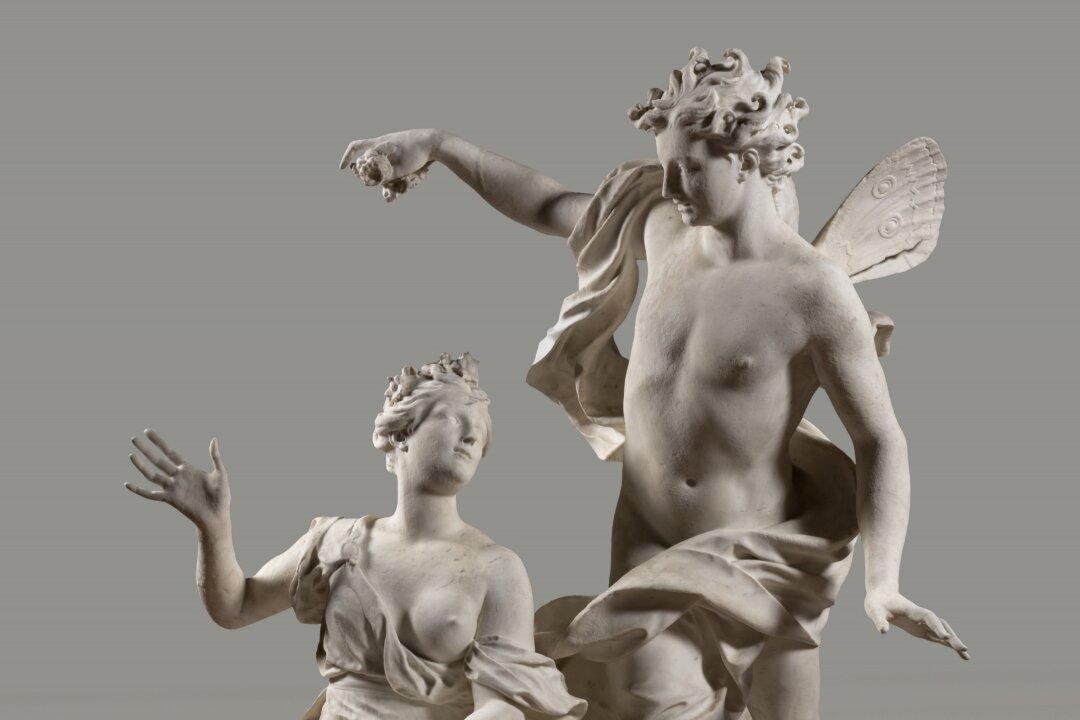Spring is near. “Spring it is that clothes the glades and forests with leaves ... and the meadows ungirdle to Zephyrus’s (the West Wind’s) balmy breeze; the tender moisture avails for all,” wrote Virgil in his “Georgics.”
Lorraine Ferrier writes about fine arts and craftsmanship for The Epoch Times. She focuses on artists and artisans, primarily in North America and Europe, who imbue their works with beauty and traditional values. She's especially interested in giving a voice to the rare and lesser-known arts and crafts, in the hope that we can preserve our traditional art heritage. She lives and writes in a London suburb, in England.
Author’s Selected Articles






